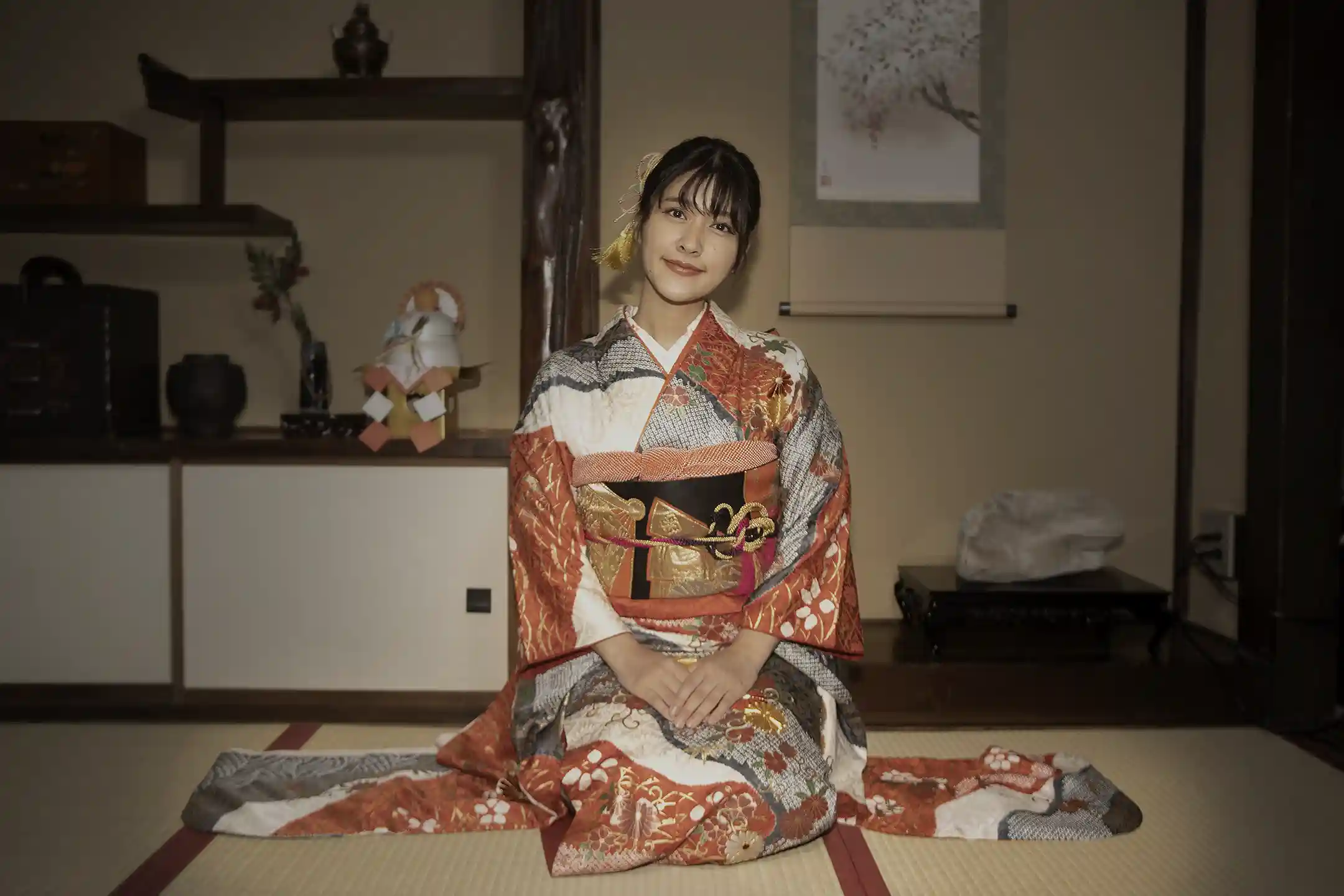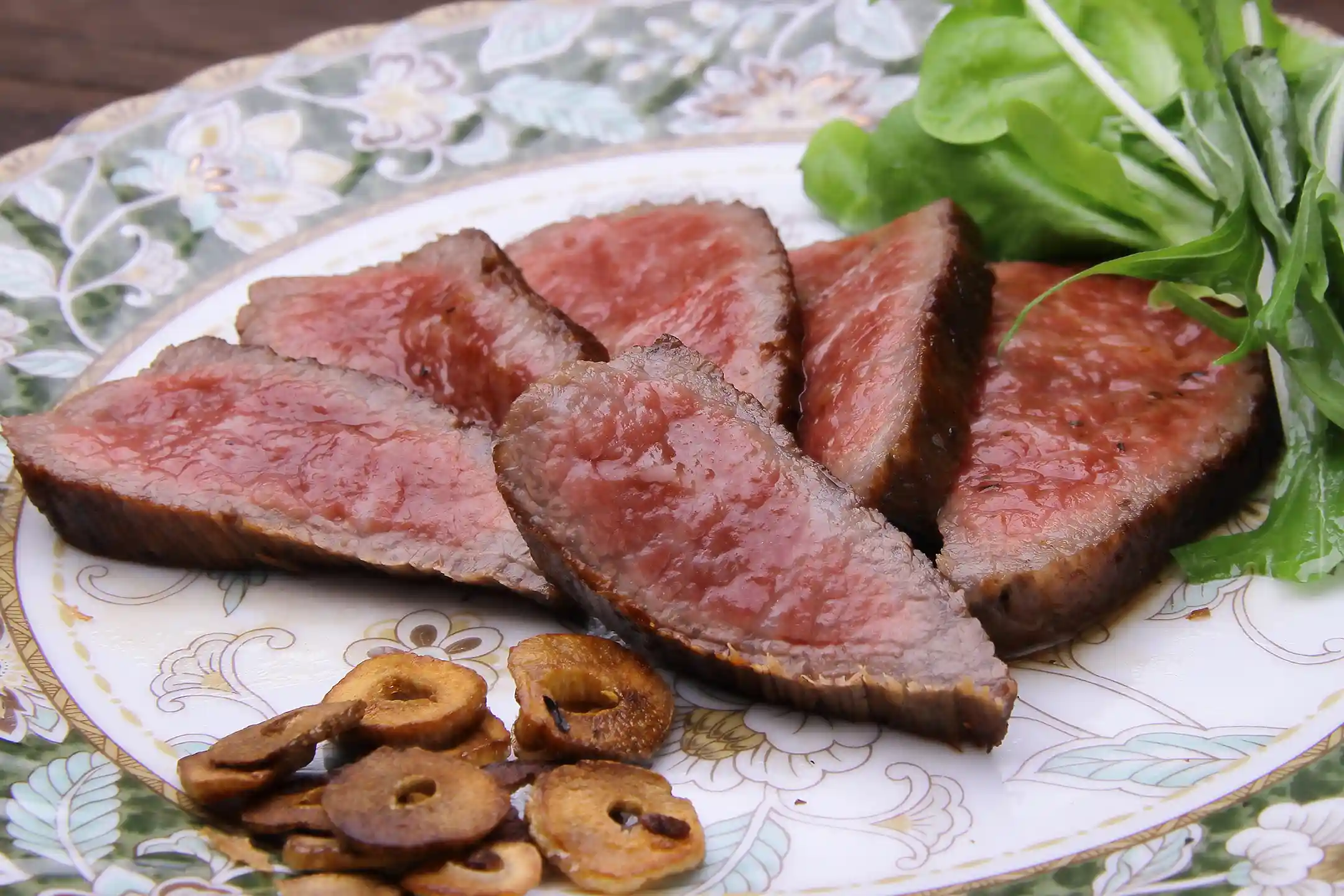Japanese etiquette captivates many Western travelers not only for its graceful forms but also for the deep meaning behind each gesture—touching on interpersonal relationships and spirituality. At first, all those meticulous rules around greetings, dining, or public behavior might feel overwhelming or overly complex, especially for those unfamiliar with Japan etiquette.
Yet once you understand them, you find that these customs are rooted in a simple philosophy: a profound respect for other people and for the spaces you share with them. In this article, you'll explore what makes Japanese etiquette so unique, from its historical roots to its modern sustainable practices, and discover how it differs from the customs you may know in the West. Understanding the role of respect and harmony in everyday Japanese life will give you a deeper appreciation of Japanese culture.
The Aesthetic Sensibility of Japanese Greeting Etiquette
The Historical and Artistic Roots of Bowing and Greetings
In Japan, instead of shaking hands or hugging as one might in the West, people greet each other with a bow. Bowing has been part of Japanese culture since before the Nara period and became formalized during the era of the samurai (*1). By lowering your head to someone, you show respect and signal that you mean no harm (*1). More than a physical gesture, a bow in Japan is seen as a spiritual exchange that welcomes both people into a shared space of respect.
In the West, a firm handshake and direct eye contact are standard; in Japan, the depth and quietness of a bow carry the same significance. Appreciating this difference can shift your perspective: instead of viewing someone from another culture as fundamentally “other,” you begin to see them as a partner deserving equal respect.
Inazo Nitobe, writing about the samurai code in Bushido, emphasized that etiquette—including bowing—stems from compassion and consideration for others (*2). In other words, bowing in Japan embodies a spirit of profound respect and a desire for harmony.
Practicing Proper Greetings and Manners in Different Situations
Bows in Japan vary by occasion. A casual everyday greeting might be just a small nod of about 15 degrees, whereas a formal business meeting calls for a deeper bow around 45 degrees. In especially solemn situations—like praying at a shrine or offering a sincere apology—you perform the deepest bow (*1). In general, the deeper you bow, the more respect you’re showing—much like how a firm handshake and steady eye contact convey respect in Western culture.
Of course, greeting etiquette isn’t only about bowing—what you say matters too. Upon a first meeting, you would typically give a slight bow and say hajimemashite (“nice to meet you”), whereas with close friends your tone and posture can be more relaxed and warm. In business settings, exchanging business cards (meishi) is a ritual of its own: you offer your card and accept the other person’s card with both hands, often repeating their name as you do so. This careful exchange shows respect by treating even a simple business card not as a mere scrap of paper, but rather as something valuable that represents the person.
Experiencing Etiquette in Traditional Japanese Settings
To truly understand Japanese etiquette, it helps to learn through firsthand experience in an authentic setting. In Kyoto, for example, the Nishijin Lifestyle Museum Tondaya offers lessons in traditional manners—from seasonal customs to proper gift-giving—inside a preserved townhouse (*3). Since the building is a registered cultural property, the setting itself immerses you in tradition. You’ll even learn to avoid stepping on the edges of tatami mats—a subtle practice that showcases Japan’s unique sense of space and respect.
At first, you might wonder why the rules are so detailed, but each small action is about being mindful of how your behavior affects others and the environment. If you’re used to more individual freedom, these detailed rules can feel restrictive at first. Yet many visitors find this thoughtful approach both refreshing and insightful.
Dining Etiquette Rooted in Japanese Culinary Culture
The Aesthetic of Dining Etiquette in Kaiseki Cuisine and Sushi
Dining etiquette in Japan isn’t just about following rules—it’s an art form that connects you with the seasons and the natural world. Take kaiseki, for example: this traditional multi-course meal grew out of the tea ceremony and comes with precise rules for the order of dishes and how each should be enjoyed. Little gestures—like saying a sincere thank-you before and after your meal, lifting bowl lids with both hands, or wiping off condensation from a lid—may seem small, but they reflect refinement and respect at the table.
All these practices might sound formal, much like knowing which fork to use in Western fine dining. However, each intentional gesture is meant to show respect, and together they add a quiet, almost spiritual depth to the act of dining.
Etiquette at a sushi restaurant has its own nuances. It’s polite to eat each piece of sushi as soon as it’s served and to use soy sauce sparingly. These subtle courtesies create an unspoken dialogue of respect with the chef. Just as Western fine dining often acknowledges the chef, in Japan diners show appreciation for the sushi chef’s craftsmanship—making the meal a shared special occasion.
Cultural Stories Behind Tableware and Ingredients
Tableware in Japan is often considered the “clothing” of food, with plates and bowls often adorned with designs reflecting the seasons—cherry blossoms in spring, maple leaves in autumn, for example (*1). This seasonal presentation brings nature’s harmony right to the table.
Chefs also show respect for nature through their ingredients and cooking methods. They follow the principle of mottainai (“waste nothing”), using seasonal ingredients fully, ensuring that very little is discarded (*2). Practices like eating locally and minimizing waste might be recent trends elsewhere, but in Japan this sustainable approach has been part of the culture for generations.
Ultimately, these dining manners are about gratitude and respect. They honor the natural ingredients, the people who produced them, and the chefs who prepared the meal. In this way, a meal becomes more than just eating—it becomes a way to express gratitude to everyone and everything involved.
Recommended Venues to Experience Refined Dining Culture
Across Japan, you can find restaurants that combine fine dining with a chance to learn about etiquette. In Fukuoka, for example, Kayano-ya is a thatched-roof restaurant that not only serves traditional cuisine but also teaches guests about classic cooking techniques and the importance of seasonal ingredients (*3).
In Kyoto, some long-established restaurants invite guests to savor seasonal kaiseki cuisine while also learning the proper etiquette for each dish. Likewise, in Tokyo, a few Michelin-starred restaurants have introduced special courses for international visitors that include guidance on traditional table manners.
These experiences aren’t just novelties. They offer a valuable opportunity to appreciate the history and values behind Japanese food culture, turning a delicious meal into an educational journey through tradition.
Etiquette in Japan’s Public and Private Spaces
Etiquette at Temples, Shrines, and Museums
At Shinto shrines, it’s customary to bow twice, clap twice, and bow once when praying (*1). While Western visitors might simply remain quiet when visiting a church, in Japan these extra actions are an important way of showing respect. Similarly, in Buddhist temples and even in museums, basic etiquette includes speaking softly, not touching sacred objects, and often removing your shoes at the entrance. That shoe-removal custom might seem odd if you’re not used to it, but it’s done to keep holy spaces clean—a thoughtful tradition once you understand the reason.
Etiquette at Hotels and Ryokans
Japanese inns (ryokan) and many hotels have their own customs. Typically, you remove your shoes at the entrance and put on indoor slippers. If your room has tatami mat flooring, you leave your slippers at the door to avoid bringing dirt onto the mats. These practices keep living spaces very clean. Unlike in the West, where wearing shoes indoors is common, in Japan the boundary between outside (dirty) and inside (clean) is strictly maintained.
Visiting a communal hot spring bath (onsen) is another situation where etiquette is important. Before entering the shared bath, you should wash yourself thoroughly. Also, be sure to keep the small towel they give you out of the water so the bath stays clean for everyone. Following these steps ensures that everyone can relax comfortably—a good example of how even leisure activities in Japan include consideration for others.
Workshops with Local Experts
For a deeper immersion, you might join a cultural etiquette workshop during your visit. These experiences let you practice Japanese customs under the guidance of local experts. In Tokyo’s Asakusa district, for instance, a well-known restaurant called Ichimatsu offers lessons on traditional etiquette taught by its third-generation owner (*2). She not only demonstrates the proper way to greet, eat, and sit on tatami, but also explains the hospitality ideals behind each action.
Workshops like these often reveal why certain customs have endured or how they’ve evolved over time. It’s often surprising to find out that some “ancient” rules are actually newer, or vice versa. These little “aha” moments make the experience memorable. More importantly, this kind of hands-on learning enriches your travels by helping you connect with Japanese culture and appreciate its differences on a personal level..webp?width=750&height=500&name=The%20appetizer%20course%20at%20a%20traditional%20Japanese%20restaurant%20(Ryotei).webp)
Future Etiquette in Japan: The Fusion of Advanced Technology and Sustainability
New Manners for Sustainable Urban Environments
As electric vehicles (EVs) become more common in Japan, even charging stations have their own etiquette. For example, once your car is fully charged, you’re expected to move it promptly to free up the spot, and to neatly put the cable back in place (*1).
This thoughtfulness extends to many other public situations. Most of these “new” manners overlap with eco-friendly habits. Visitors are encouraged to never litter, to sort their recycling, and to use public transportation instead of driving whenever possible. It might sound like common sense, but Japan is actively highlighting these behaviors as part of being a “responsible traveler.” The idea is that everyone’s small actions add up to a more comfortable and sustainable society—not by simply copying others’ rules, but by everyone doing their part.
Modern Etiquette in Smart Hotels and Contactless Services
Even in high-tech hotels with no on-site staff, courtesy still matters. If you see someone struggling with a self-check-in kiosk, offering a bit of help is a kind gesture. And believe it or not, many Japanese people will even say “please” or “thank you” to AI assistants or chatbots. It might sound amusing, but it shows that politeness isn’t reserved only for face-to-face interactions.
Remote work and virtual meetings have also brought new manners. In video conferences, it’s polite to mute yourself when you’re not speaking and to turn on your camera to show you’re engaged. These small actions demonstrate consideration for others and exemplify Japan’s “verbalization of care” even in a digital context. Seeing these gestures not as stiff rules but as thoughtful courtesies can help deepen mutual understanding.
Content Recommendations for Learning Etiquette and Technology
Japan is blending tradition with technology to promote good manners. For example, the Japan Tourism Agency produced a short video for visitors called “Responsible Traveler” (*2). This “Travel Etiquette for the Future” video covers the basics of considerate travel behavior—from sorting your trash correctly and respecting others in public to protecting cultural sites during your visit (*3).
Such initiatives show that Japan believes everyone’s actions make a difference. There are even smartphone quiz apps to help younger people learn etiquette in an interactive way. The message is that good manners aren’t seen as an old-fashioned burden; they are a key part of creating a harmonious, sustainable future for all.
Conclusion
Japanese etiquette represents a skillful blend of tradition and modernity, all centered on an enduring respect for people, community, and nature. Every practice—whether it’s a bow, a beautifully presented meal, or mindful public behavior—reflects a belief in maintaining harmony in shared spaces and relationships. Even as new technologies and changing times introduce different ways of doing things, Japan continues to weave thoughtfulness and consideration into these modern contexts.
If you’re visiting from overseas, all these customs and rules may seem daunting at first. But as you experience them firsthand, you’ll find they open the door to a fascinating culture of mindfulness and mutual respect, rather than just a list of formalities. Participating in an etiquette workshop or cultural tour can further deepen your understanding by revealing the meaning behind the manners. Ultimately, embracing Japanese etiquette during your travels will not only earn you smiles from locals, but also enrich your journey with deeper cultural understanding and genuine connections.
Author Bio

Maoko Shibuya
Content Planner & Writer Holding a master’s in Digital Marketing and experience across global markets, Maoko blends international perspective with a deep appreciation for Japan’s cultural heritage. She plans and writes compelling narratives that reveal the country’s beauty and depth, drawing on her passion for travel, local cuisine, and cultural exploration.




.webp)
.webp)